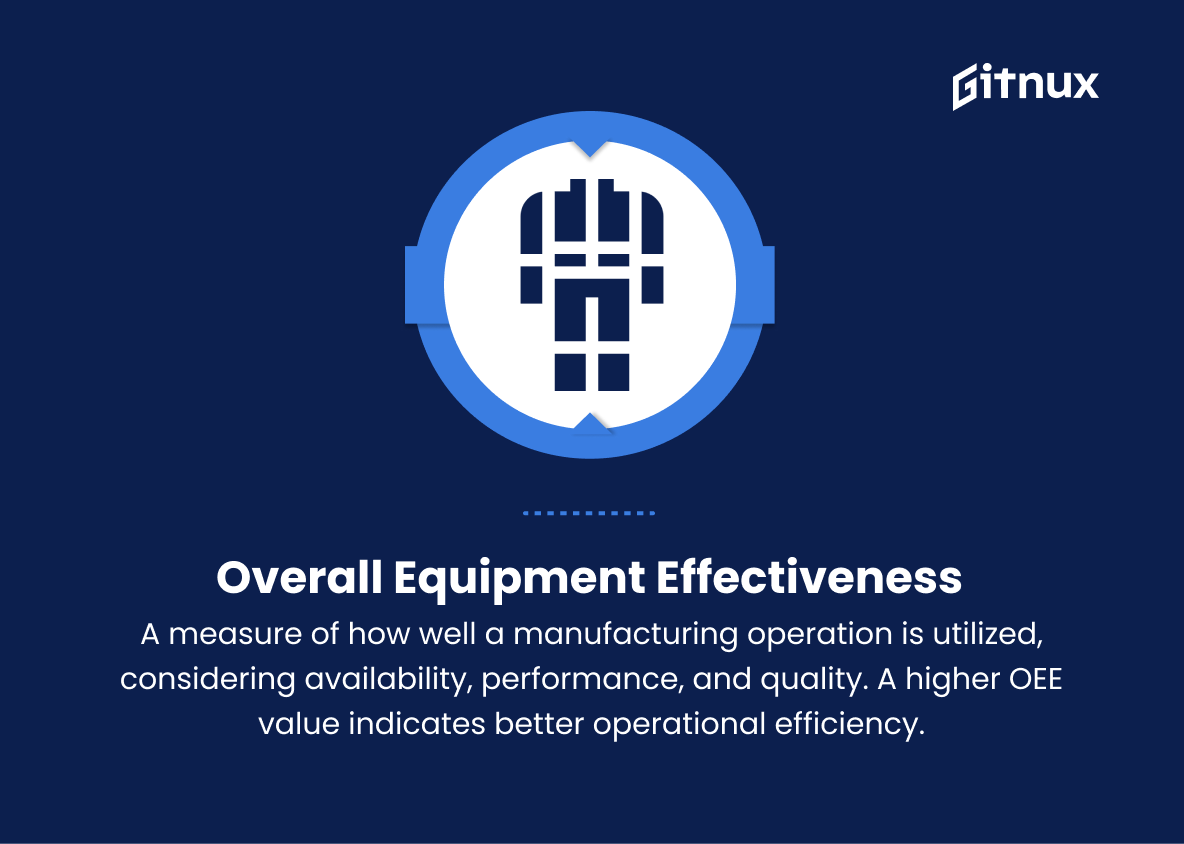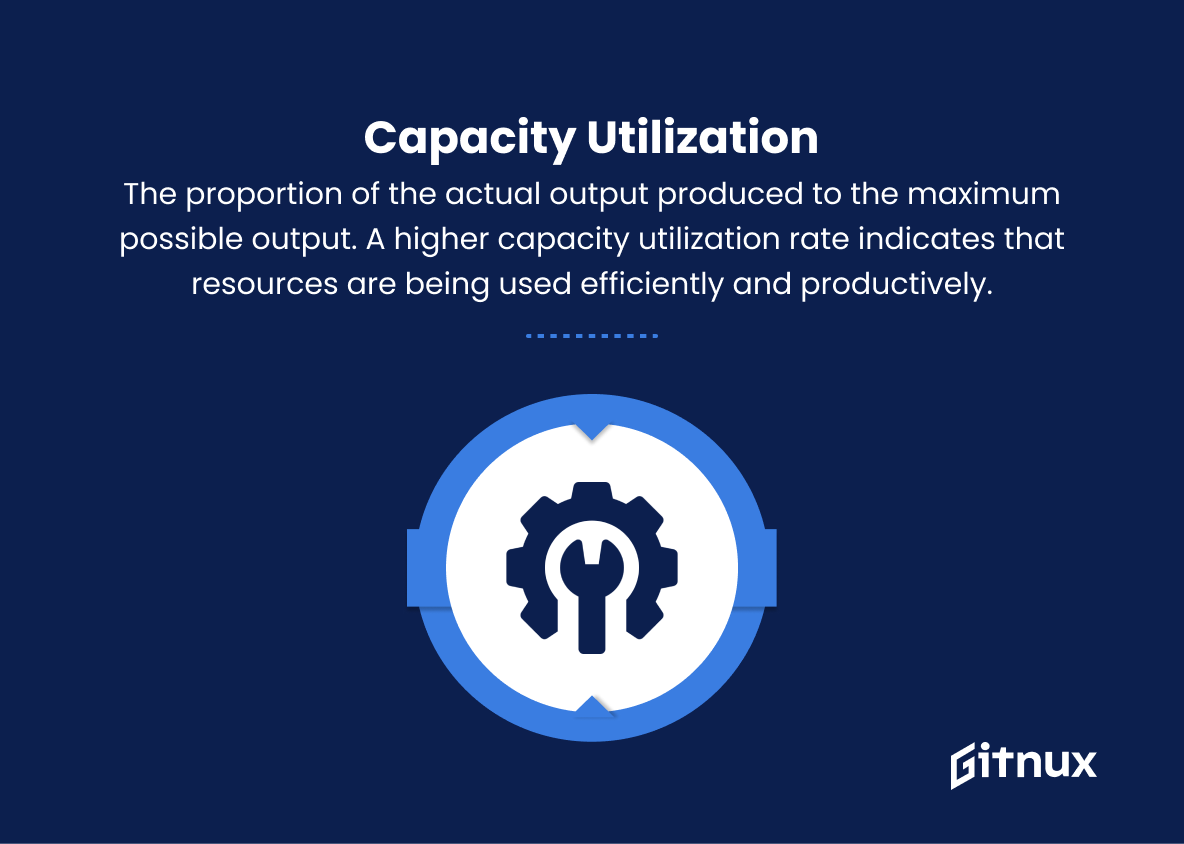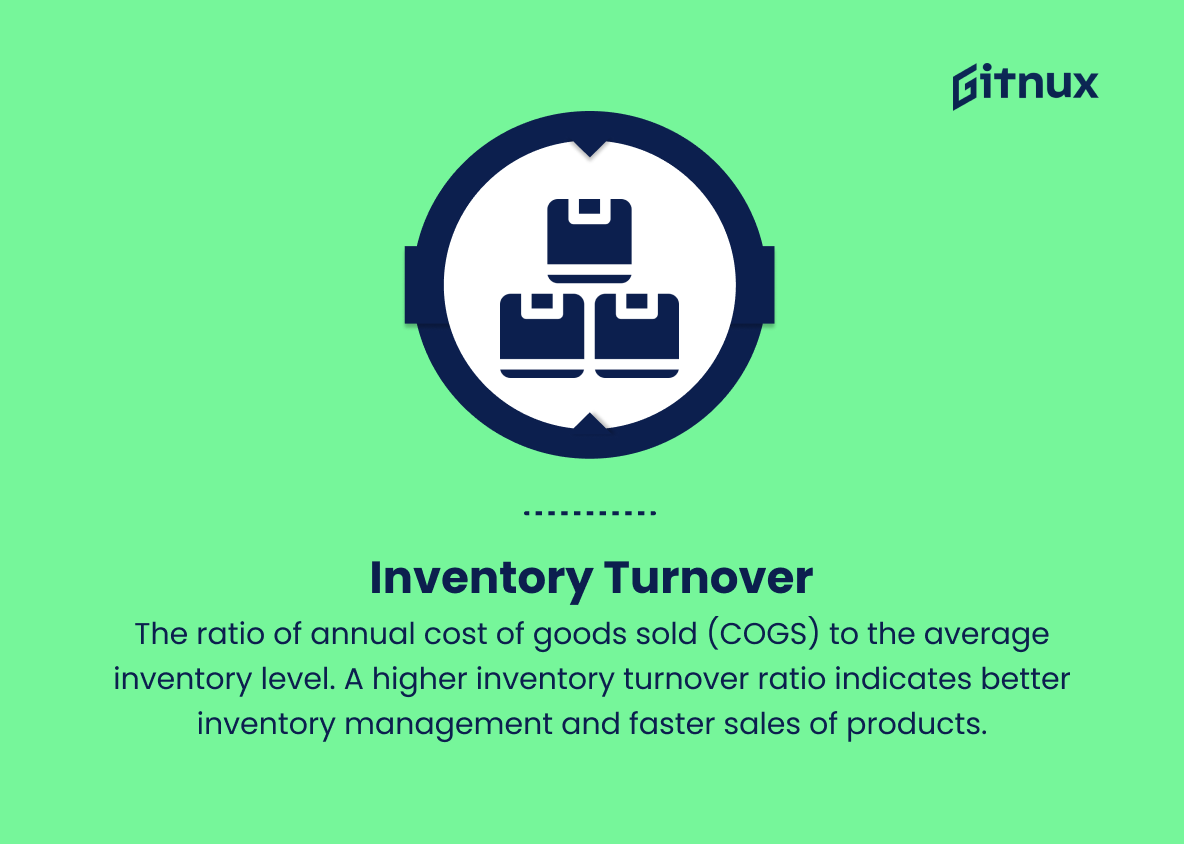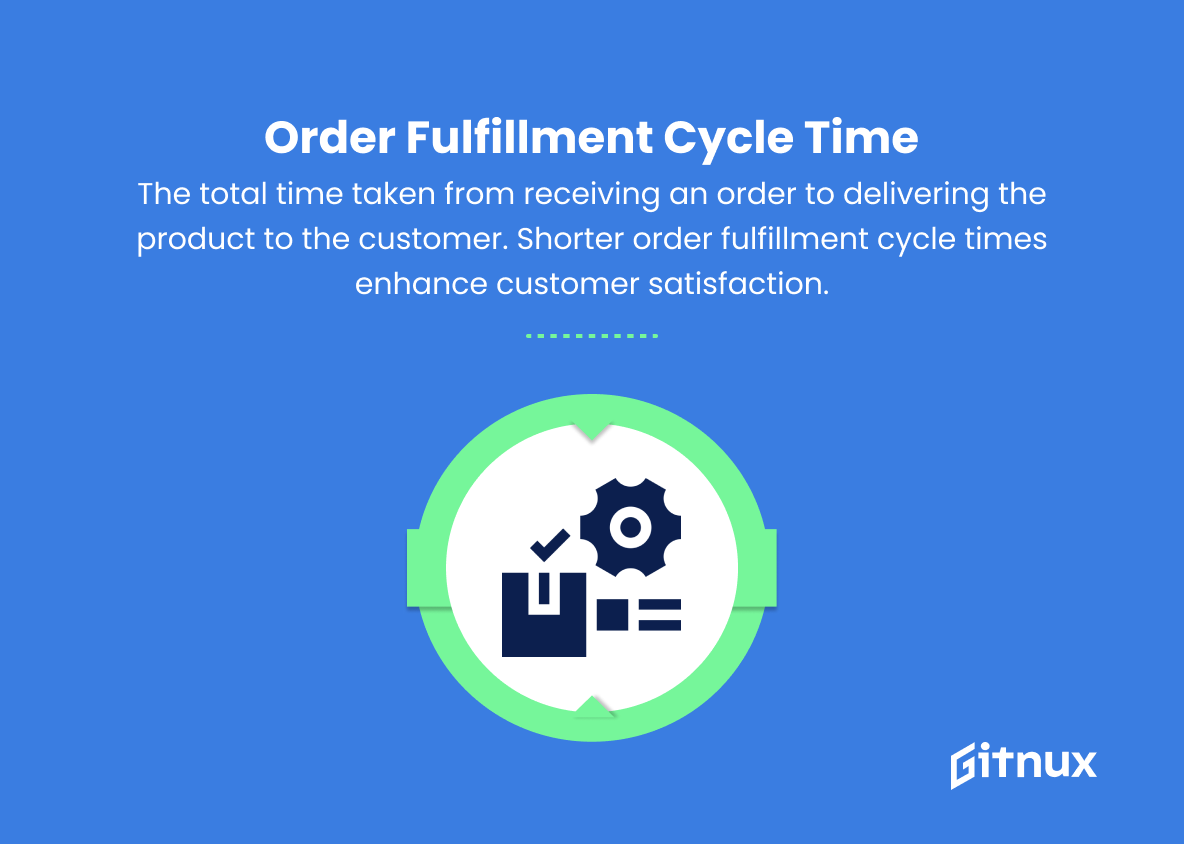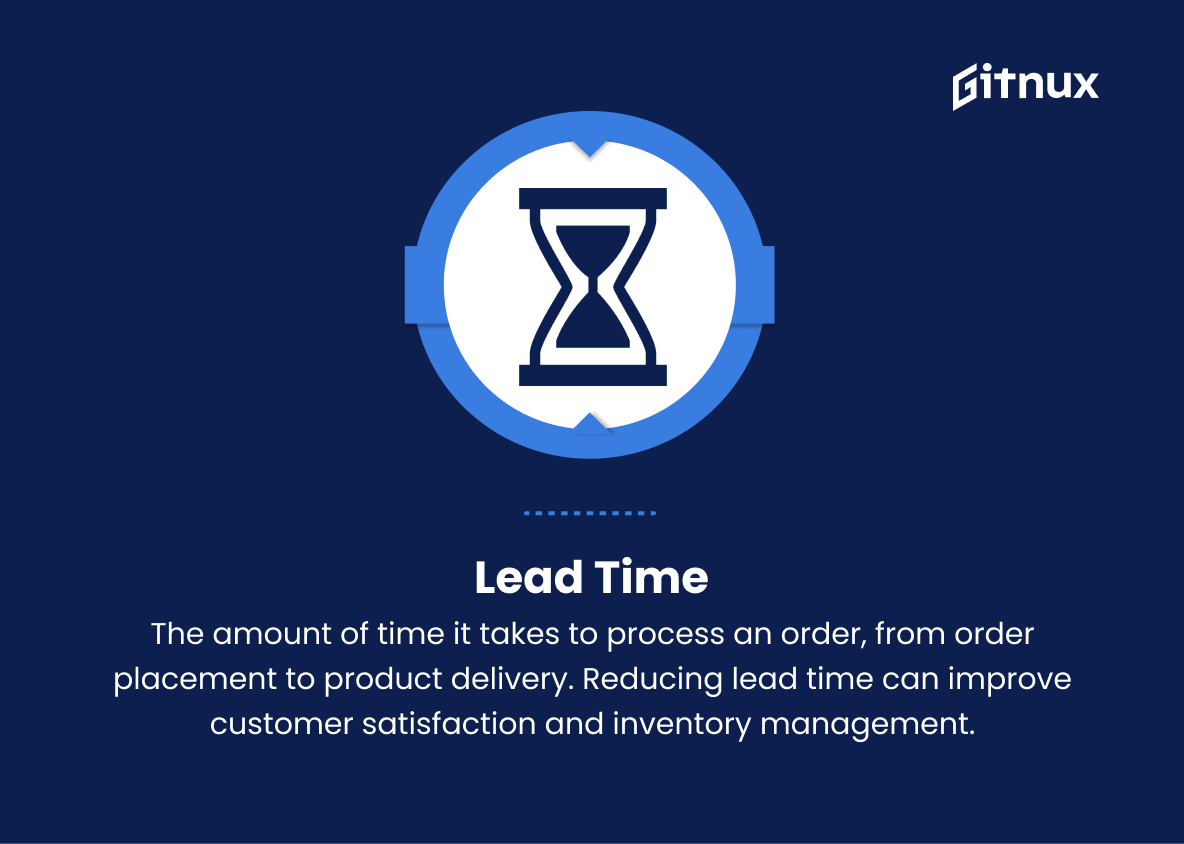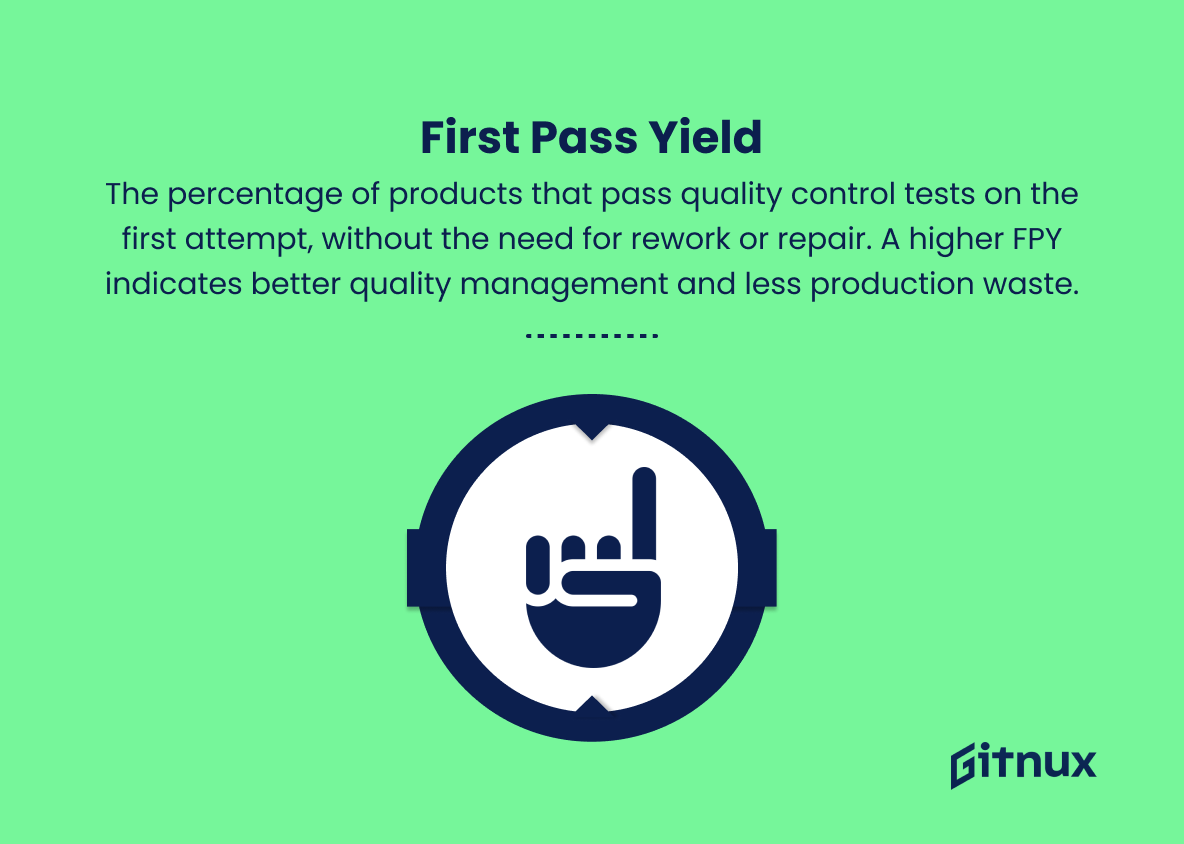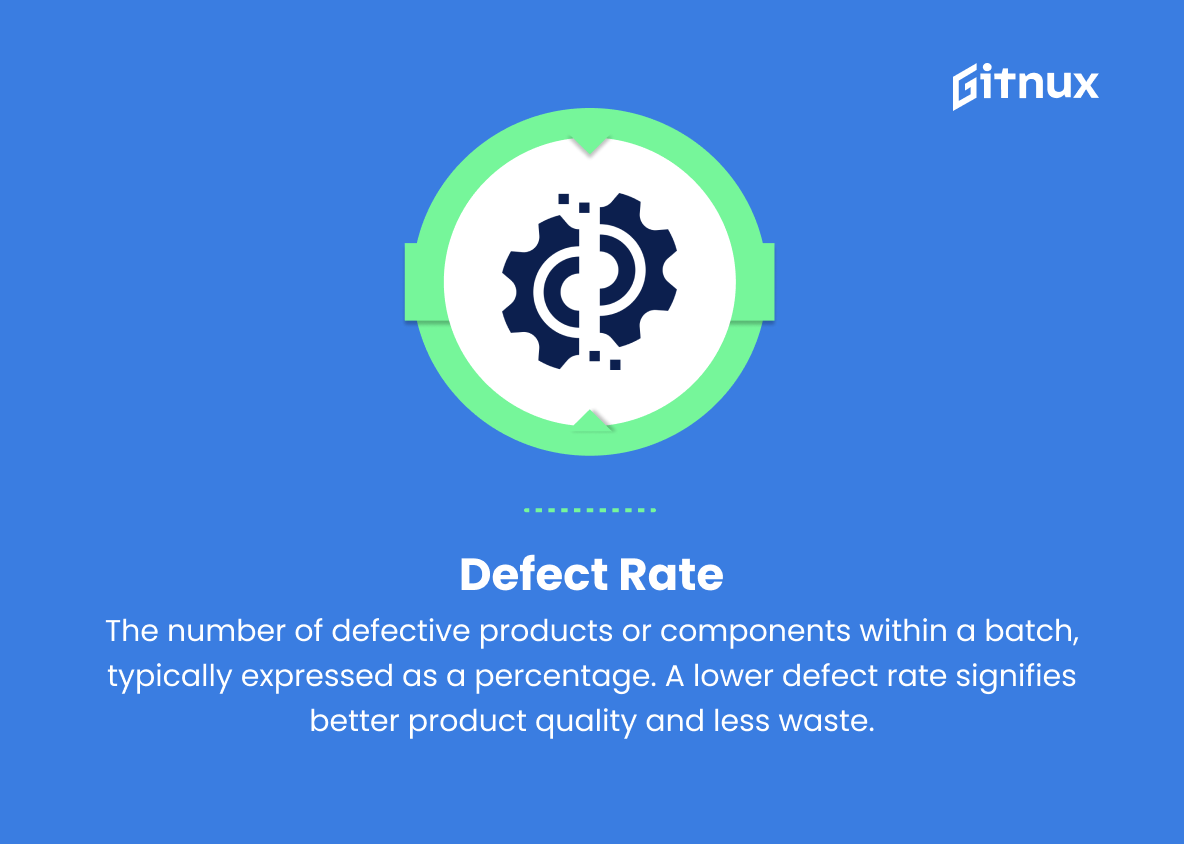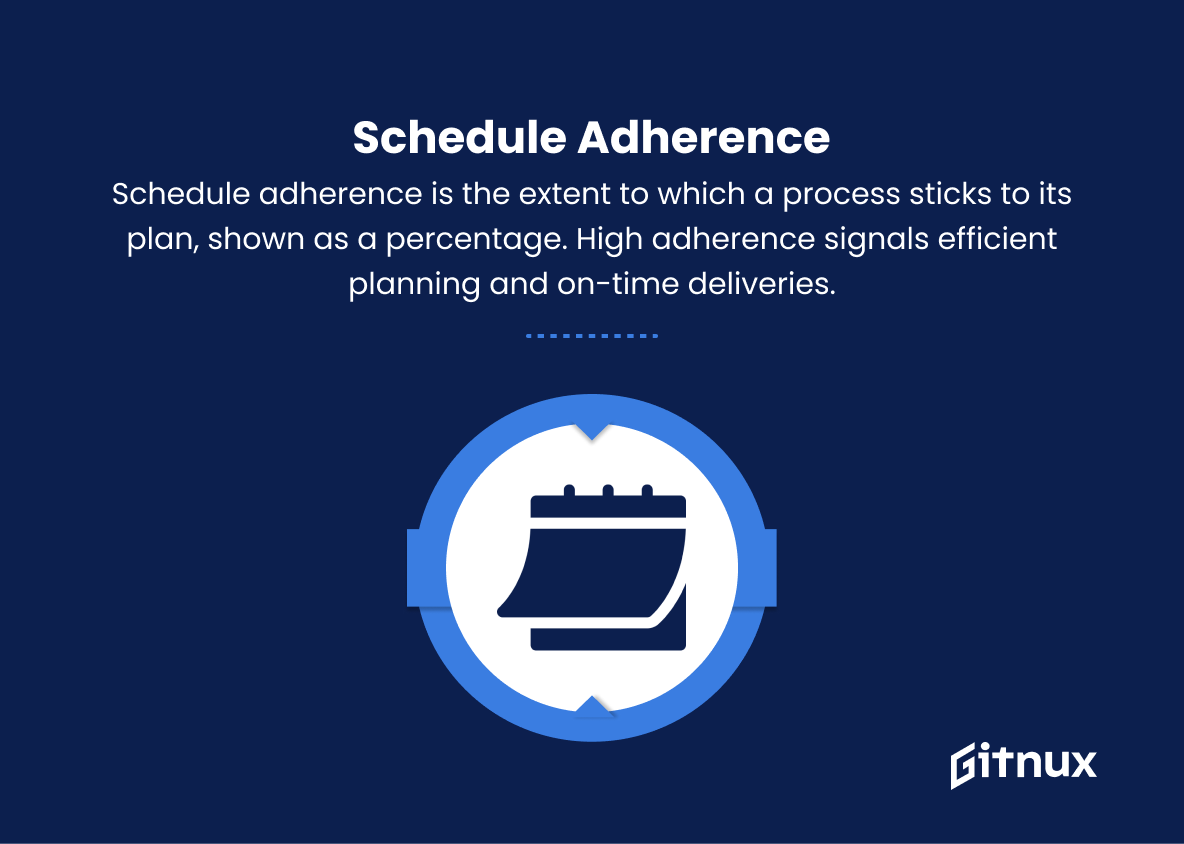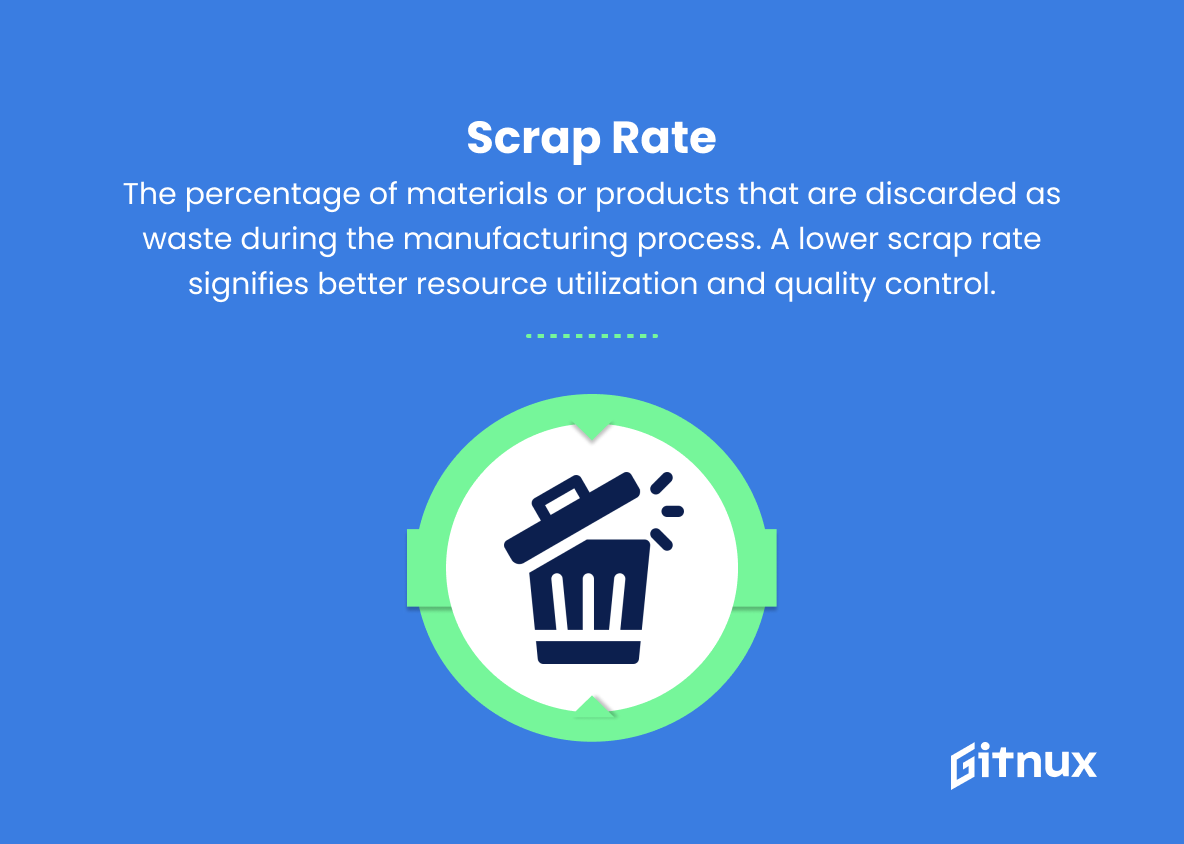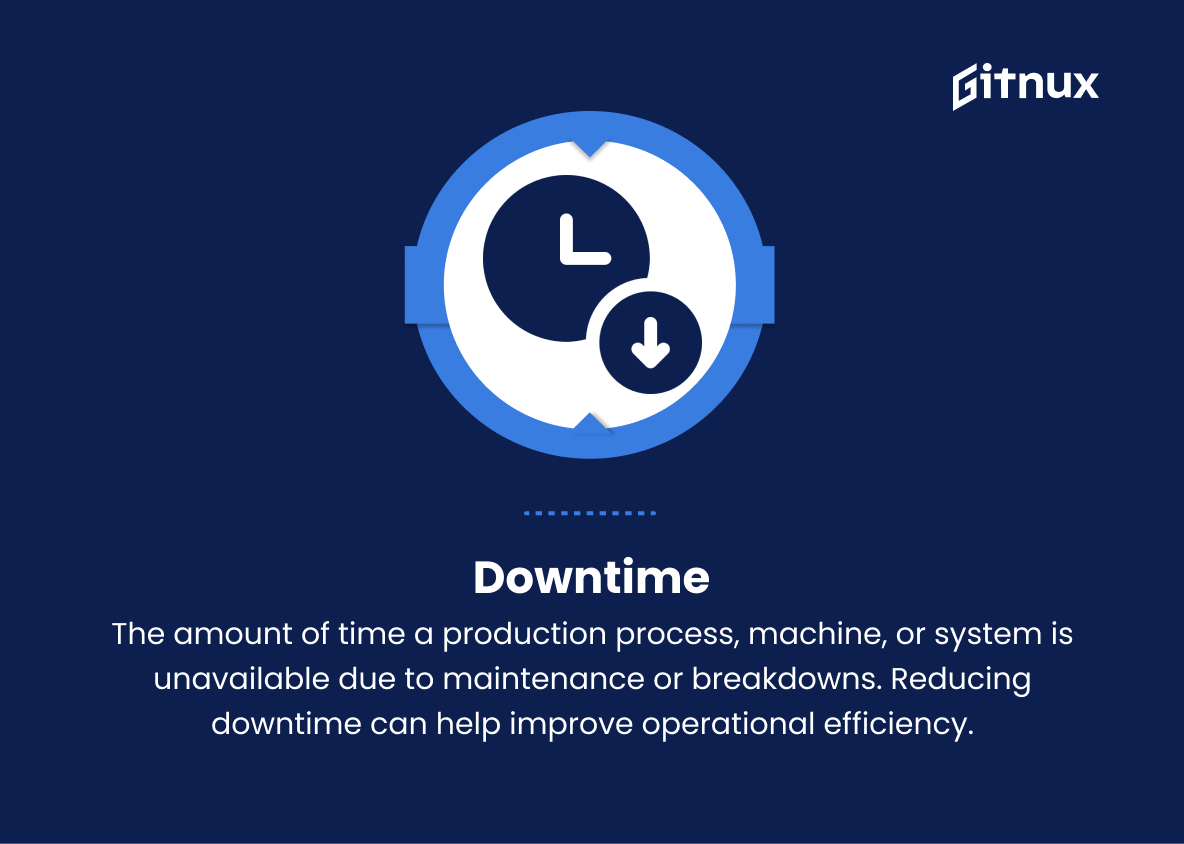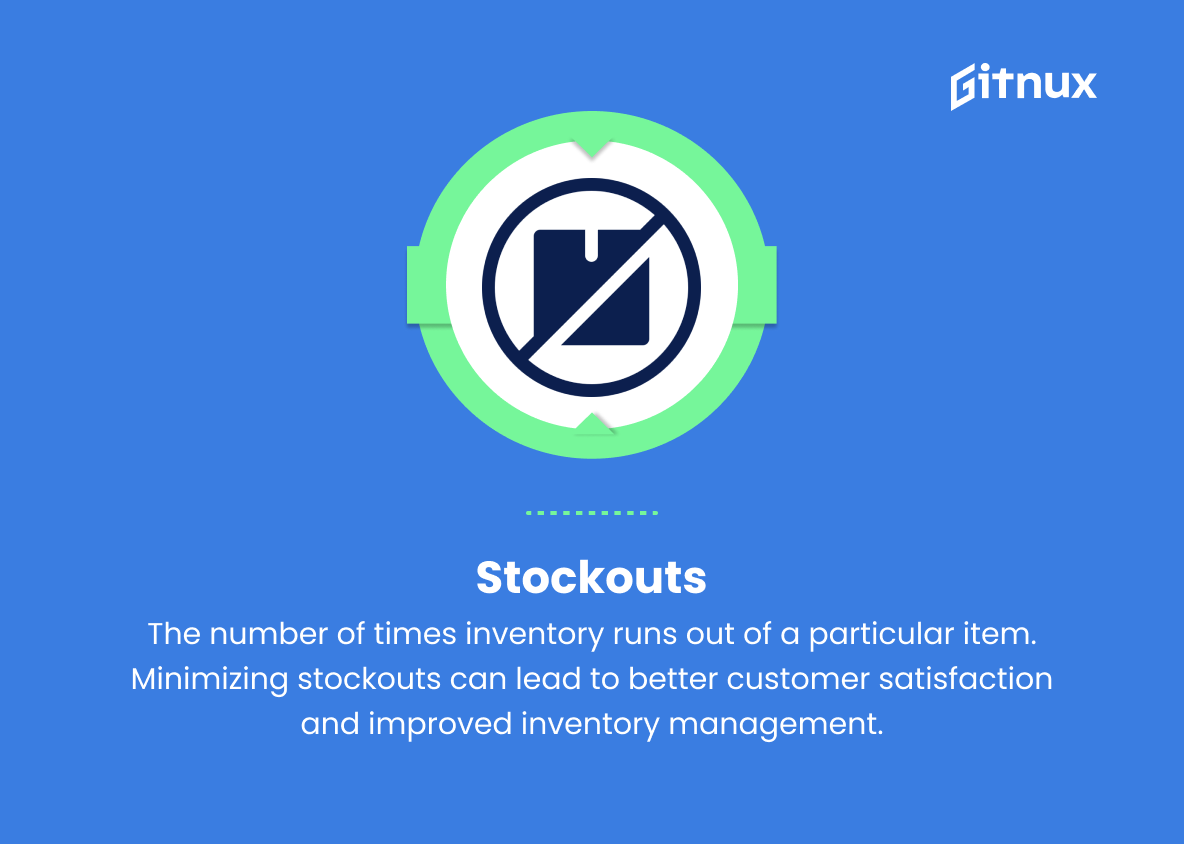In today’s rapidly evolving business landscape, efficient and effective operations management is more crucial than ever. Organizations across industries are constantly seeking innovative strategies and methodologies to optimize their business processes, minimize costs, and maximize value. One critical aspect of successful operations management lies in understanding, tracking, and analyzing key performance metrics.
In this blog post, we will delve into the world of operations management metrics, exploring their importance, the different types and classifications, as well as practical tips to implement them within your organization. By leveraging these metrics, you can unlock untapped potential, streamline your operations, and ensure sustainable growth for your business. So, let’s dive in and discover how mastering operations management metrics can be a game-changer for your company’s performance and success.
Operations Management Metrics You Should Know
1. Overall Equipment Effectiveness (OEE)
A measure of how well a manufacturing operation is utilized, considering availability, performance, and quality. A higher OEE value indicates better operational efficiency.
2. Cycle Time
The total time from the beginning to the end of a production process, including process time, delays, and waiting time. Reducing cycle time can improve productivity and customer satisfaction.
3. Throughput
The amount of product produced by a manufacturing process per unit of time. Higher throughput indicates a more efficient production process.
4. Capacity Utilization
The proportion of the actual output produced to the maximum possible output. A higher capacity utilization rate indicates that resources are being used efficiently and productively.
5. Inventory Turnover
The ratio of annual cost of goods sold (COGS) to the average inventory level. A higher inventory turnover ratio indicates better inventory management and faster sales of products.
6. Order Fulfillment Cycle Time
The total time taken from receiving an order to delivering the product to the customer. Shorter order fulfillment cycle times enhance customer satisfaction.
7. Lead Time
The amount of time it takes to process an order, from order placement to product delivery. Reducing lead time can improve customer satisfaction and inventory management.
8. First Pass Yield (FPY)
The percentage of products that pass quality control tests on the first attempt, without the need for rework or repair. A higher FPY indicates better quality management and less production waste.
9. Defect Rate
The number of defective products or components within a batch, typically expressed as a percentage. A lower defect rate signifies better product quality and less waste.
10. Schedule Adherence
The degree to which a production process adheres to its planned schedule, expressed as a percentage. High schedule adherence indicates efficient production planning and timely deliveries.
11. Labor Efficiency
The ratio of the actual output produced by a workforce to the expected output level in a given time period. Higher labor efficiency values indicate better workforce productivity.
12. Scrap Rate
The percentage of materials or products that are discarded as waste during the manufacturing process. A lower scrap rate signifies better resource utilization and quality control.
13. Downtime
The amount of time a production process, machine, or system is unavailable due to maintenance or breakdowns. Reducing downtime can help improve operational efficiency.
14. Supplier Lead Time
The time taken by a supplier to deliver raw materials or components after a purchase order is placed. Shorter supplier lead times can improve production planning and inventory management.
15. Stockouts
The number of times inventory runs out of a particular item. Minimizing stockouts can lead to better customer satisfaction and improved inventory management.
16. Order Accuracy
The percentage of orders delivered that match the customer’s requirements precisely, having no errors or discrepancies. High order accuracy rates contribute to better customer satisfaction and fewer returns.
Operations Management Metrics Explained
Overall Equipment Effectiveness (OEE) is a crucial metric that measures the efficiency of a manufacturing operation by taking into account availability, performance, and quality. A higher OEE value signifies better operational efficiency, leading to increased productivity and profitability. Another important metric is Cycle Time, which represents the total time required to complete the production process from start to finish. By reducing cycle times, organizations can improve productivity and customer satisfaction. Moreover, Throughput and Capacity Utilization showcase the efficiency of production processes in terms of output produced per unit of time and the proportion of actual output to possible output, respectively.
These are complemented by Inventory Turnover, Order Fulfillment Cycle Time, Lead Time, and Supplier Lead Time, which collectively assess inventory management, customer satisfaction, and overall production schedule coordination. Ensuring optimal First Pass Yield (FPY), Defect Rate, and Scrap Rate contributes to improved quality management and reduced waste. Furthermore, Schedule Adherence, Labor Efficiency, and Downtime are crucial factors in gauging the effectiveness of production planning, workforce productivity, and machine reliability. Lastly, reducing Stockouts and maintaining high Order Accuracy rates lead to improved customer satisfaction and inventory management, fostering long-term success within the industry.
Conclusion
In summary, Operations Management Metrics are crucial tools for organizations to remain competitive, efficient, and ensure long-term success. They provide valuable insights and data-driven guidance for continuous improvement and better strategic decision-making.
By monitoring and analyzing these key performance indicators, such as cycle times, financial performance, productivity, quality, and customer satisfaction, businesses can unlock new opportunities, minimize risks, and create a sustainable growth trajectory. In a world of evolving customer expectations and rapidly changing technologies, effective utilization of Operations Management Metrics will empower companies to stay ahead in their industries while also fostering innovation and operational excellence.
